Fall is the perfect time to give your lawn a little extra attention before the winter months arrive. Properly caring for your lawn in the fall can help ensure that it stays healthy and green throughout the winter and into the spring.
In this article, we'll cover some essential fall lawn care and treatment tasks that you can do to help keep your lawn looking great.
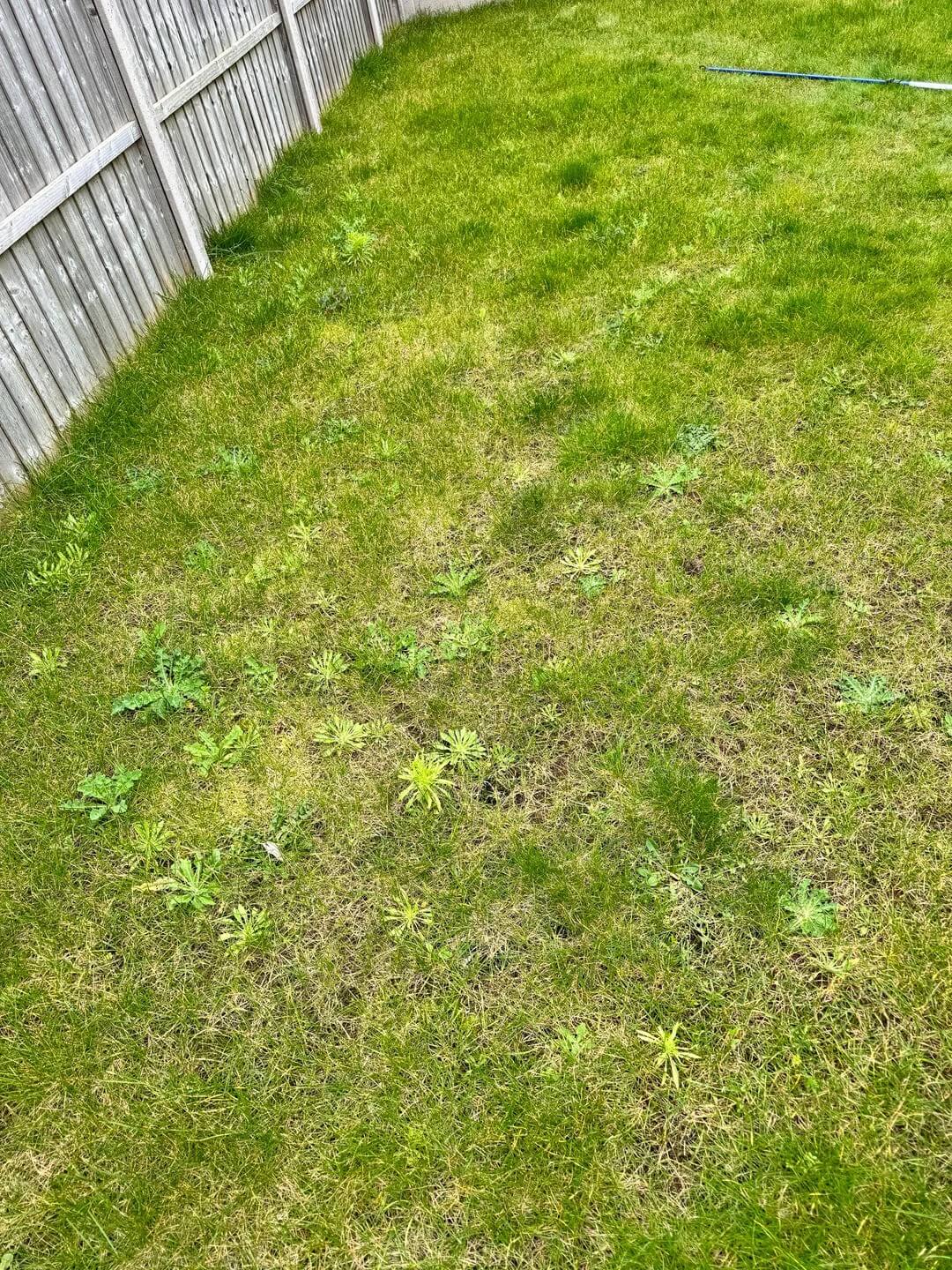
Before you begin any fall lawn treatment, it is crucial to assess the health of your lawn. This will help you determine the specific needs of your lawn and the appropriate maintenance tasks to undertake.
Here are some essential steps to follow when assessing your lawn's health:
The first step in assessing your lawn's health is identifying common issues affecting its growth. These issues may include pests, weeds, diseases, and soil compaction. Look for yellowing or discolored patches, bare spots, and thinning grass.
Also, check for signs of pests such as holes in the lawn, chewed grass blades, and tunnels.
To assess your lawn's health, you must conduct a soil test to determine the pH level, nutrient content, and soil type.
This will help you determine the type of fertilizer to use and the amount of water your lawn needs. You can purchase a soil test kit at your local garden center or hire a professional to conduct the test for you.
Once you have conducted a soil test, you can mow your lawn, removing debris or dead grass. This will help improve air circulation and prevent the buildup of thatch.
You can also rake the lawn to remove any leaves or debris covering the grass. This will help prevent the growth of mold and fungus.
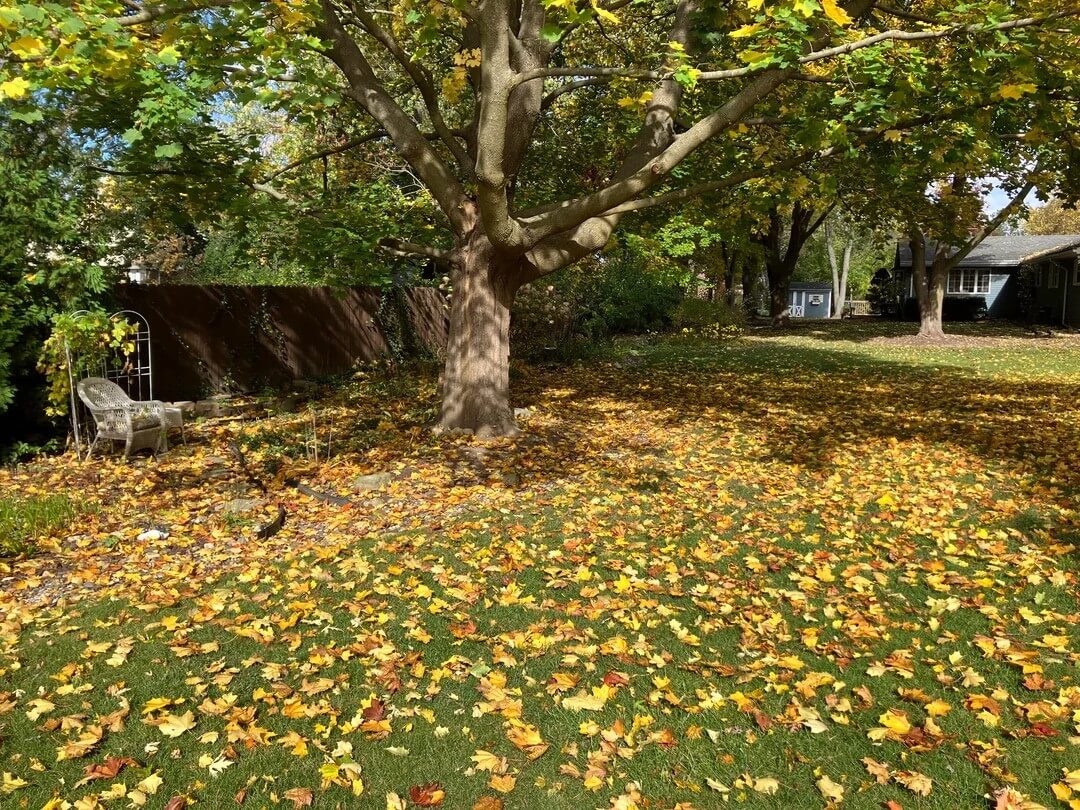
Fall is a great time to give your lawn the attention it needs to thrive throughout the year. There are a few essential cleanup tasks that you should complete to ensure your lawn is healthy and beautiful.
One of the first things you should do when cleaning up your lawn is to remove any debris. Organic waste like leaves and weeds can provide a haven for pests like mice and groundhogs.
As your trees shed their foliage, you'll want to rake regularly to remove dead leaves and other debris that will smother the grass and prevent growth. Be sure to dispose of the debris properly.
Leaf removal is an essential part of fall lawn care. You should remove leaves from your lawn but not from your landscaped areas.
Mulched leaves can provide a layer of protection from snow and frost. Use a leaf blower or rake to remove leaves from your lawn.
If you have a lot of leaves, consider using a leaf vacuum or hiring a professional to help with the cleanup. Completing these essential cleanup tasks will help you achieve a healthier, more beautiful lawn.
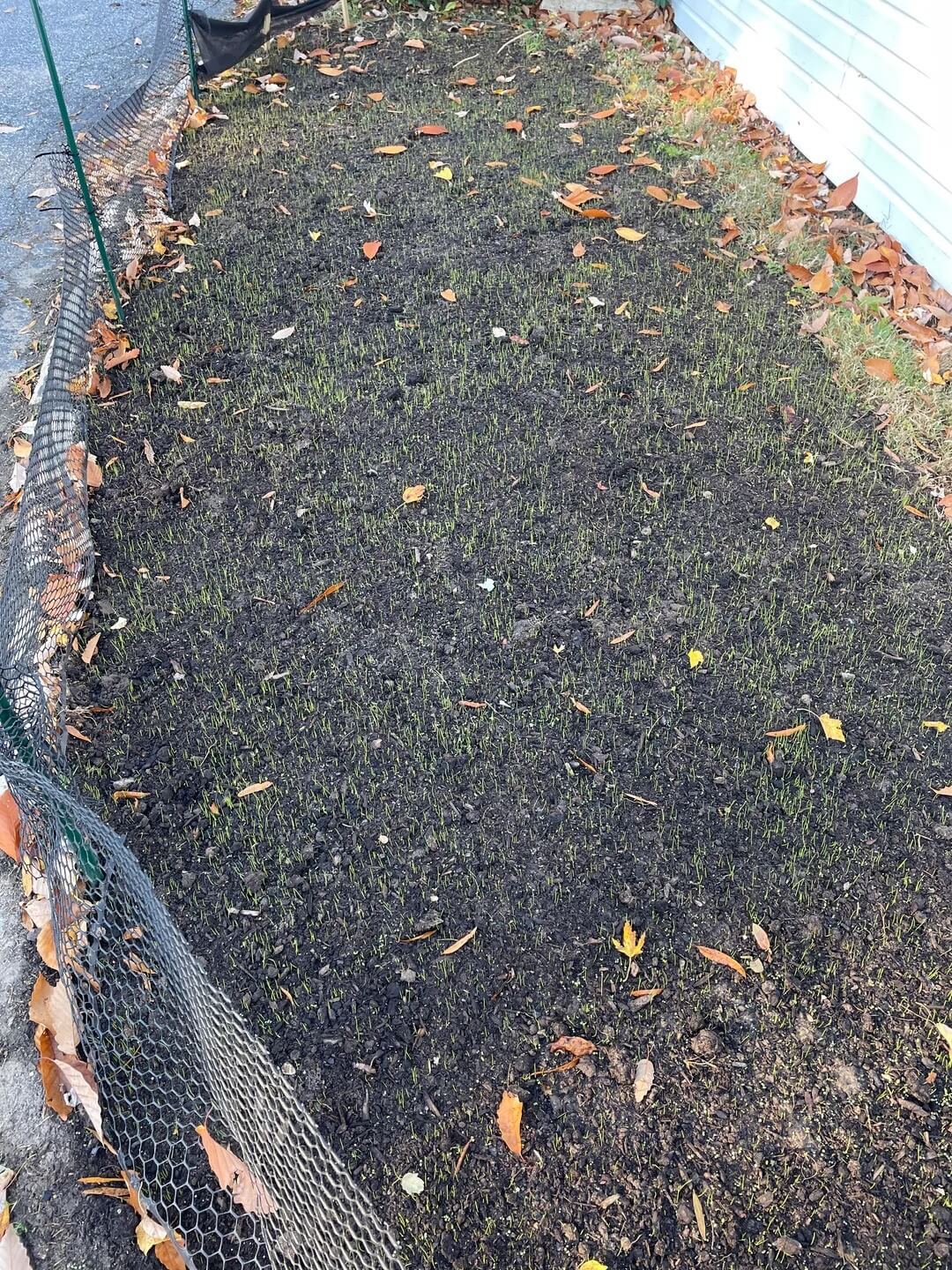
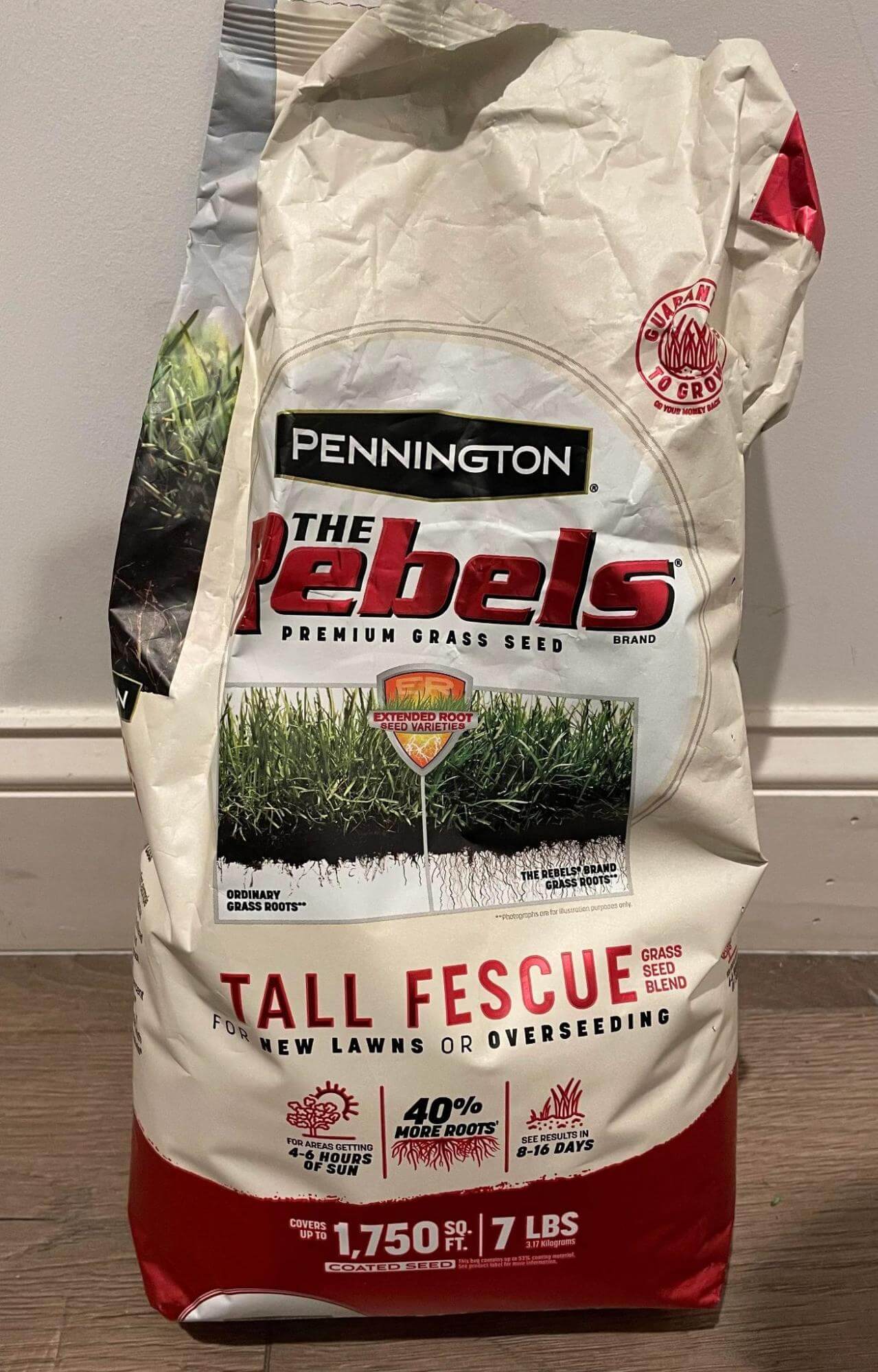
Fall is the perfect time to give your lawn some TLC, and one of the most important things you can do is to aerate and overseed your lawn.
Aeration and overseeding are two separate processes, but they work together to create a healthy, lush lawn.
Here are some things you need to know about soil aeration and overseeding.
Overseeding is spreading grass seed over your lawn to fill in bare spots or help establish new growth. It is essential to choose the right type of grass seed for your lawn and to use the correct amount.
Too much seed can cause overcrowding, leading to disease and other problems. Too tiny a seed, on the other hand, will not produce the desired results.
There are several techniques you can use to overseed your lawn. One standard method is to use a slit seeder, which cuts minor grooves in the soil and drops the seed directly into the grooves.
This method ensures that the seed is in direct contact with the soil, increasing germination chances.
Another method is a broadcast spreader, which spreads the seed evenly over the lawn. This method is less precise than using a slit seeder, but it is faster and easier.

When using a lawn fertilizer in the fall, it's important to choose the right type. Look for a balanced fertilizer with a higher nitrogen content, such as a 32-0-10 blend. This will help promote healthy growth and green color in your lawn.
Organic fertilizers can also be an excellent option for fall lawn treatment. They add humus to the soil, which helps to improve soil structure and water retention.
However, organic fertilizers may take longer to break down, so you may need to apply them earlier in the fall to ensure they have enough time to release their nutrients.
Timing is critical when it comes to fall lawn fertilization. You want to apply your last fertilizer application about 6-8 weeks before the first frost in your area.
This will give your lawn enough time to absorb the nutrients and build up its stamina before the cold weather sets in.
For cool-season grasses, applying fall fertilizer from mid-September through mid-October is best.
However, optimal application timing may vary depending on where you live and what type of grass you have. Check with your local lawn care expert for more specific timing recommendations.
It's also important to apply fertilizer evenly across your lawn. Using a spreader can help ensure that the fertilizer is distributed evenly. Follow the manufacturer's instructions for proper application rates and techniques.
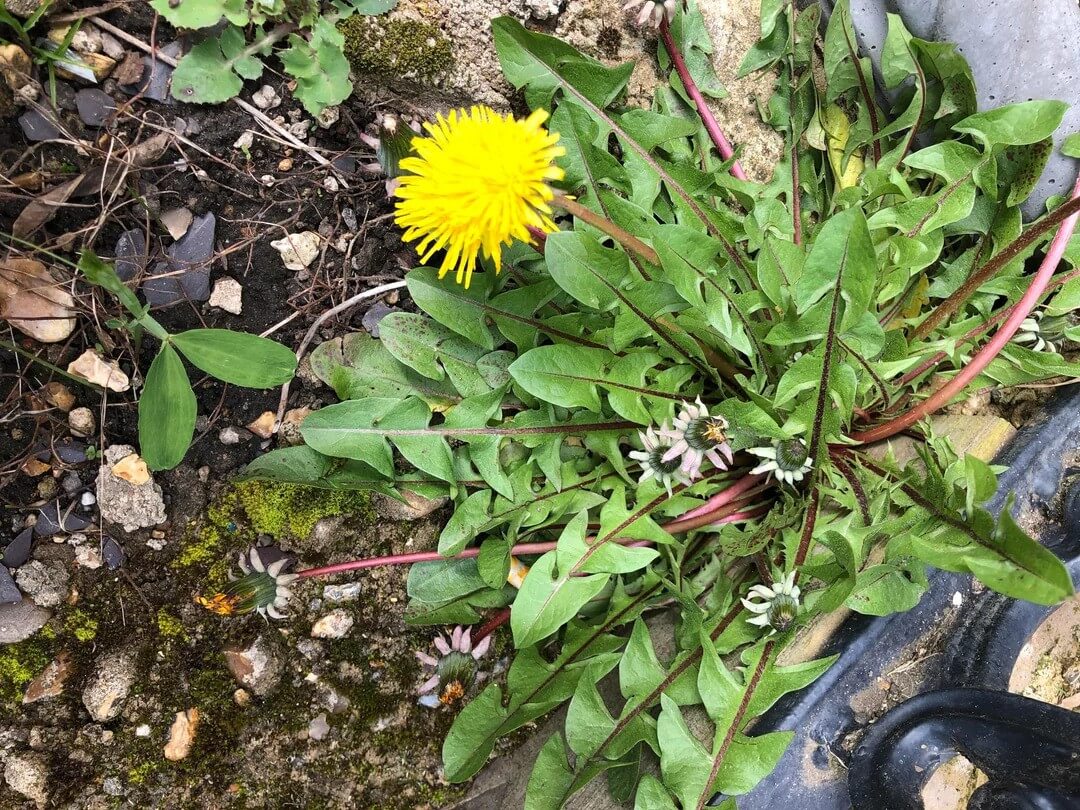
Weed control is an essential part of fall lawn maintenance. Herbicide application in the fall can help prevent weeds from germinating, saving you time and money in the long run.
For perennial weeds such as Plantain, Dandelion, Knotweed, and Clover, apply a post-emergent herbicide in the fall to send the killing chemicals directly to the roots.
This treatment will help reduce the number of these weeds in the spring. Before applying herbicides, read the instructions carefully and follow the recommended application rates.
Overuse of herbicides can damage your lawn and the environment.
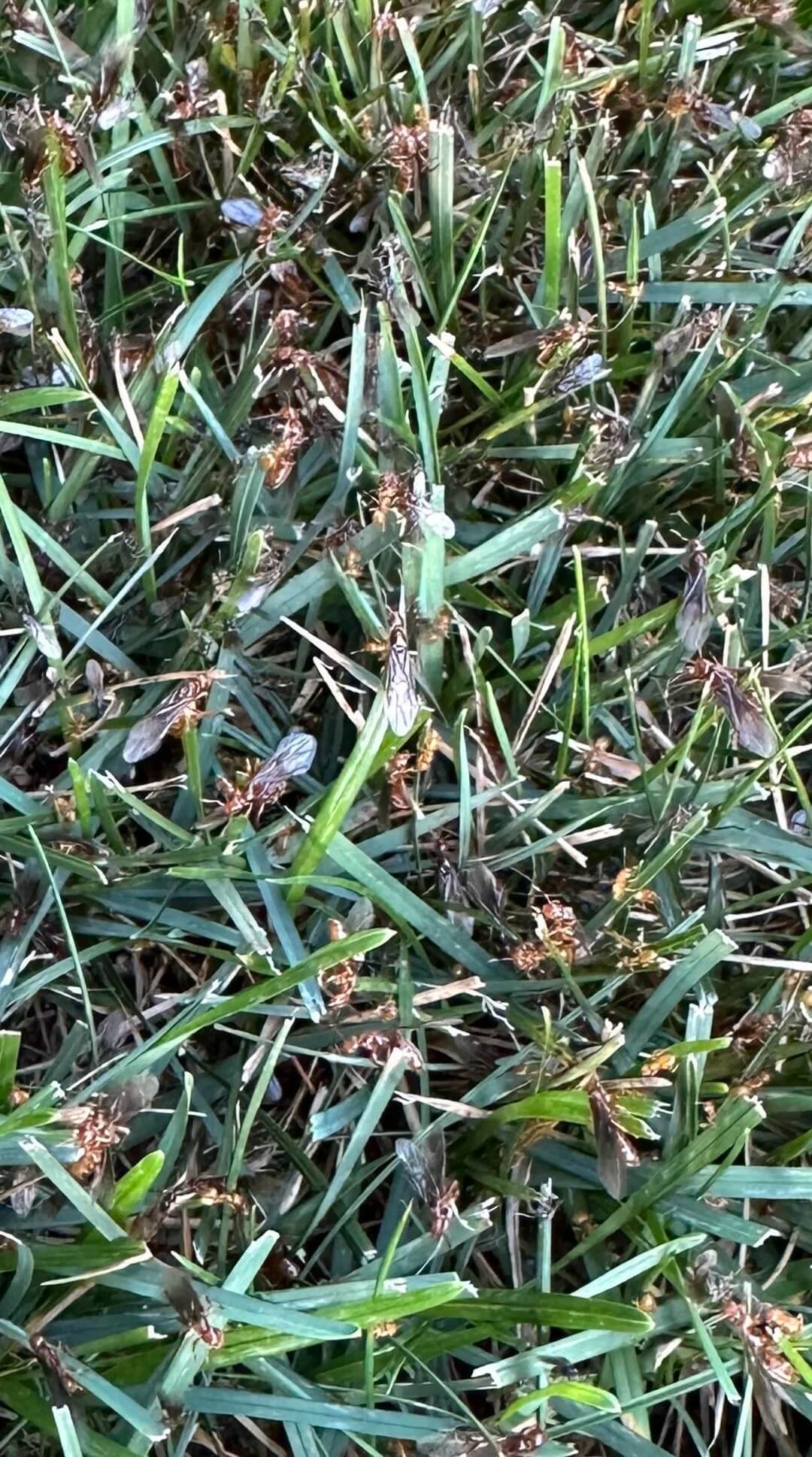
Pest management is another important aspect of fall lawn care. Pests such as grubs, chinch bugs, and armyworms can cause significant damage to your lawn.
Consider applying a preventative insecticide in the fall to prevent these pests from damaging your lawn. This will help control the population of pests and reduce the damage they can cause.
When applying insecticides, follow the instructions carefully and apply the recommended amount. Overusing insecticides can harm beneficial insects and pollinators, which can negatively impact the environment.
In addition to using insecticides, you can implement other pest management practices. For example, keeping your lawn healthy and well-maintained can help prevent pest infestations.
This includes regular mowing, fertilizing, and watering. You can also consider using natural pest control methods, such as introducing beneficial insects like ladybugs and lacewings to your lawn.
Following these weed and pest control practices can help keep your lawn healthy and beautiful throughout the fall and into the next growing season.
Identifying them early is one of the most essential parts of preventing lawn diseases. Some common lawn diseases include large patches, spring dead spots, and dollar spots. These diseases can cause your grass to turn brown, yellow, or even die.
To identify lawn diseases, look for circular patches of discolored grass. These patches can range from a few inches to several feet in diameter.
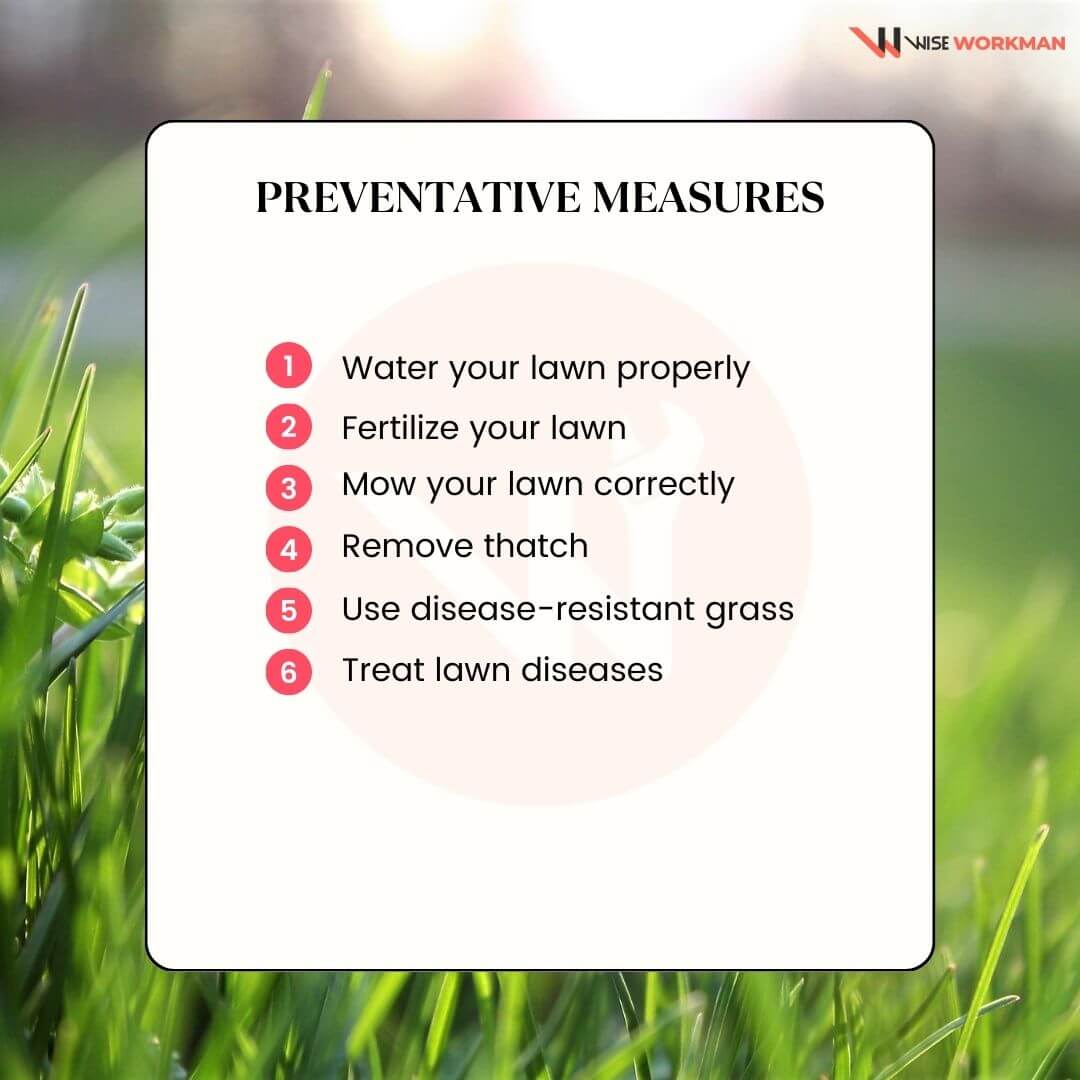
Once you've identified a lawn disease, it's essential to take preventative measures to stop it from spreading. Here are a few tips to help prevent lawn diseases:
Following these preventative measures can help keep your lawn healthy and disease-free.
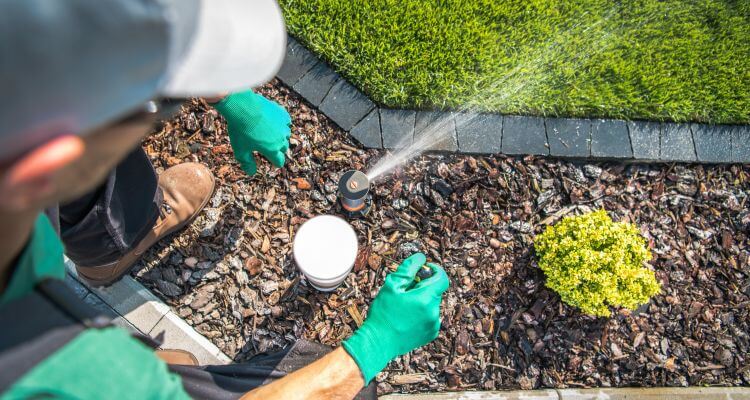
You may be wondering what to put on your lawn in the fall?
Fall is the perfect time to start preparing your lawn for the winter months ahead. One of the most important aspects of fall lawn care is proper irrigation and water management.
In this section, we will discuss some effective watering techniques and ways to conserve water.
Watering your lawn deeply and infrequently during the fall season is essential. This means watering your lawn for more extended periods but less frequently.
This will encourage profound root growth, which will help your lawn survive the winter months and come back strong in the spring.
In addition to watering deeply and infrequently, watering your lawn during the early morning hours is essential. This will allow the water to soak into the soil before the sun comes up and evaporates it.
Watering during the evening can lead to fungal growth and disease, as the water will sit on the grass overnight.
Conserving water is not only good for the environment, but it can also save you money on your water bill. One way to conserve water is to use a rain barrel. This will allow you to collect and use rainwater to water your lawn and garden.
Another way to conserve water is to use a drip irrigation system. This will deliver water directly to the roots of your plants, minimizing water waste.
You can also conserve water by adjusting your lawn mower height. Taller grass shades the soil, which helps to retain moisture. This means you can water your lawn less frequently and maintain a healthy one.
Fall is a crucial time for lawn care, and proper maintenance during this season can help ensure a healthy, lush lawn come springtime.
Here are some tips to help you create a fall lawn care schedule that will keep your lawn looking its best.
Keeping up with weekly lawn maintenance tasks during the fall season is essential. These tasks include mowing, watering, and raking leaves.
Mowing your lawn regularly will help keep it healthy by promoting new growth and preventing thatch buildup.
Aim to mow your lawn once a week, keeping the blades at a height of 2-3 inches.
Watering your lawn is also important during the fall season. While the weather may be more relaxed, your lawn needs water to thrive.
Aim to water your lawn deeply once a week, providing about an inch of water. This will help promote deep root growth and prepare your lawn for winter.
Raking leaves is another important weekly task during the fall season. Leaves can smother your lawn, preventing it from getting the sunlight and nutrients it needs to thrive.
Rake up fallen leaves regularly, or use a mulching mower to chop them up and leave them on your lawn as a natural fertilizer.
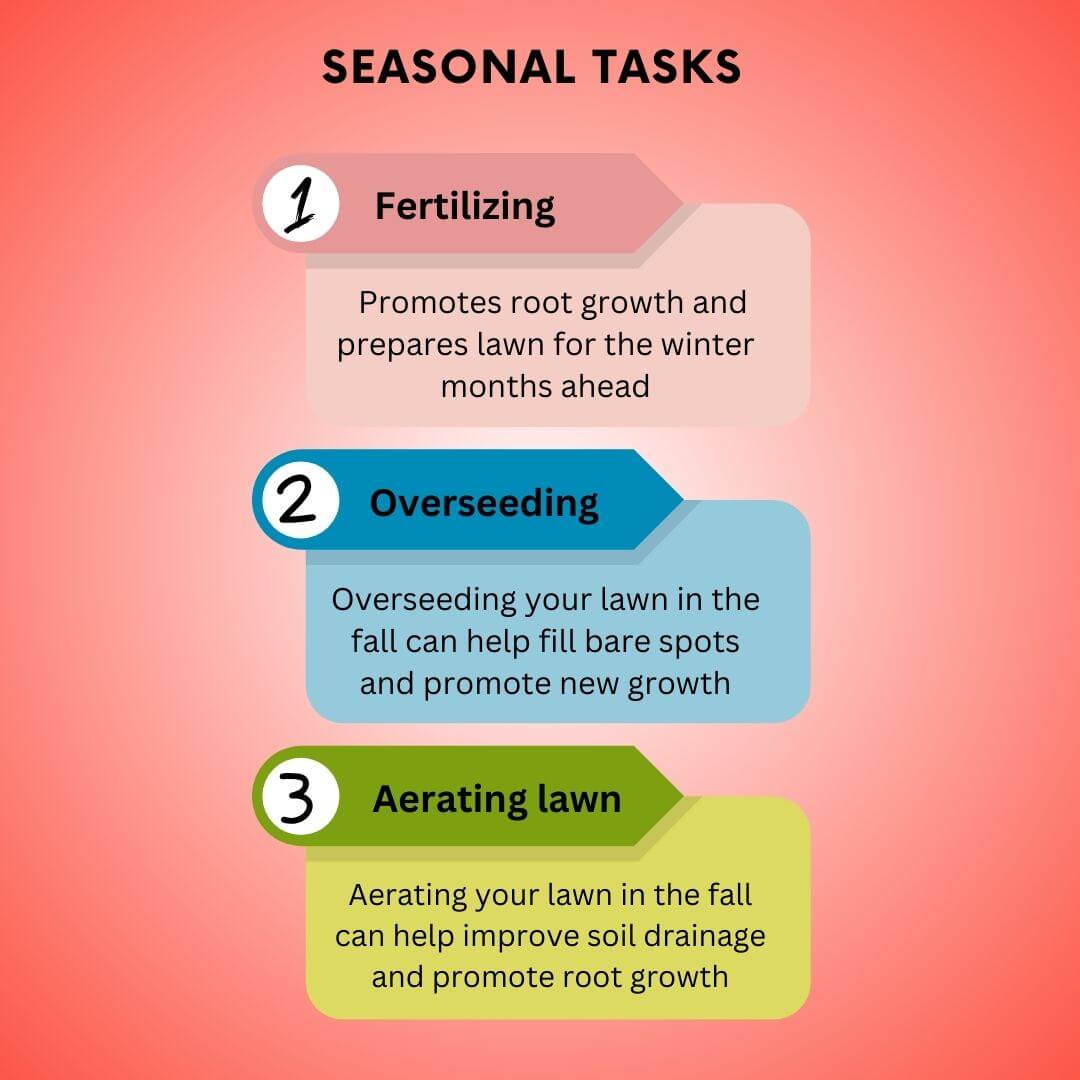
In addition to weekly maintenance tasks, there are some essential seasonal tasks to include in your fall lawn maintenance checklist. These tasks include:
Following a fall lawn care schedule that includes weekly maintenance tasks and seasonal timing can help ensure a healthy, lush lawn come springtime.
To summarize and conclude our discussion on the best fall treatment for your lawn here are some essential tips we are leaving you with:
Therefore, through proper watering, using of herbicides and having a fall yard treatment plan in place you can have a green healthy looking lawn!